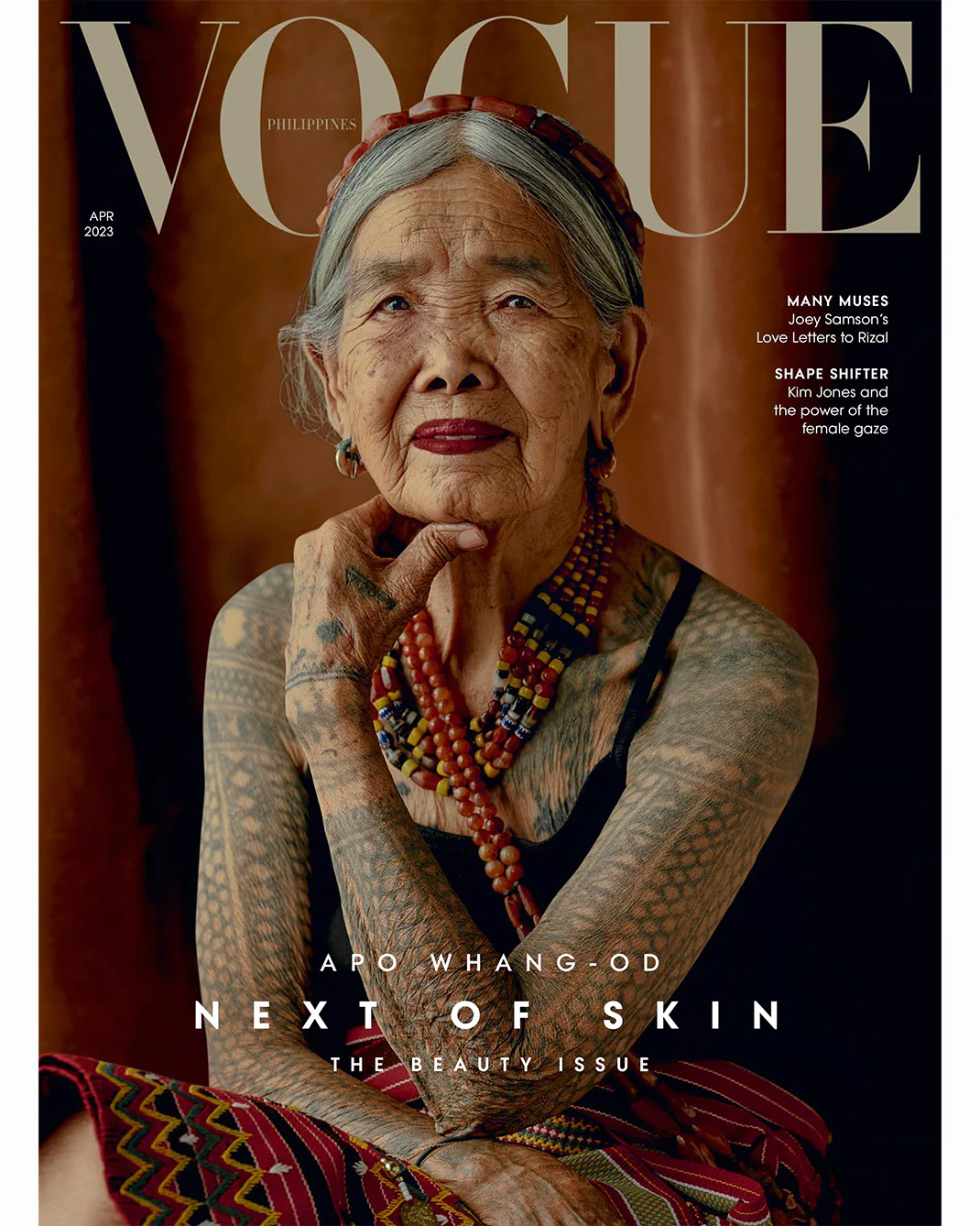Violence Against Women
A Victim Shares Her Story of Abuse With Us
Violence against women is gender-based violence, either physical, sexual or psychological. But economical too. In fact, it is a form of abuse very present in modern society in which patriarchy prevails.
Italy mourns the death of 22-year-old Giulia Cecchettin, found stabbed and wrapped in plastic on the 18th of November, 2023. She had been staying with ex-boyfriend Filippo Turetta at the time. And he had been on the run since November 11 when security cameras got him fighting with Giulia on tape. Now, he’s been picked up by police in Germany.
With the necessary rise in awareness of gender-based discrimination and in honour of the 25th of November – the International Day of Elimination of Violence Against Women, we are taking the opportunity to shine a spotlight on the prevalence of these violating acts by telling one from an anonymous victim.
An ordinary report of abuse
22 November, 2023- 9:22, morning
The sky was overcast, and the tram screeched on the tracks, forcing her to push her headphones closer to her ears to block out the sound. Stepping into the sea of people, she took a deep breath, finding a small space for her to stand by the door. It wasn’t unusual that the public transit was this crowded in the morning. But the stress from days prior had really taken a toll on her. She hadn’t gotten much sleep the night before, and the previous day, she had experienced a panic attack from overwork and stress. So it was safe to say that she didn’t think anything else could go wrong.
The ride was smooth for a while, people bumping into one another as the tram car took sharp turns. As the tram halted at its next stop, more people crowded in behind her, packing the tram so unbelievably full that it didn’t seem possible for the vehicle to keep moving. With a shove to her back, she found herself pushed against the wall of the tram. Even if she tried to move, it was useless. It was then that she felt the breath of someone behind her, a little too close, even in the crowded car.
With the shoving and moving of the sea of people, she felt a hand slip to the upper part of her leg, just under her rear end. No, she was not going to deal with this today. The hand searched, groping and feeling, sending the woman into a frenzied panic. Still stressed from the days before, she screamed, but to no avail. People couldn’t move. It was too tightly packed, and it’s not like anyone else could see what was happening. The tram slammed its brakes to a stop, and the person behind shoved her into the opening doors, sending her body flying toward the wall, smashing her arm between her own body and the sharp corner by the door opening.
Stop gender-based violence
As horrifying as this incident may be to hear about, this is an occurrence that is all too common. Men consistently harass women this way, especially on public transportation. Here it is easier for harassers to victimize others since the space is small, tightly packed, and sealed.
When speaking to other women about this issue, the common theme between all of them was empathy, sadness, and the common phrase ‘I can relate.’
What kind of world are we living in when such a tragedy is commonplace? Enough that the majority of women can relate?
This story is only one of thousands, millions. Women from all over have stories of situations just like this, harassed just because of their gender. Despite the progress made as women in the hierarchy of society, we must keep pushing forward, this is unfair. Violence against women needs to stop!
#NOEXCUSE
Violence Against Women Read More »
